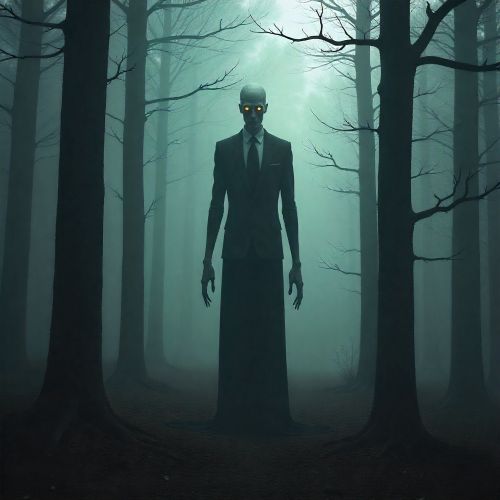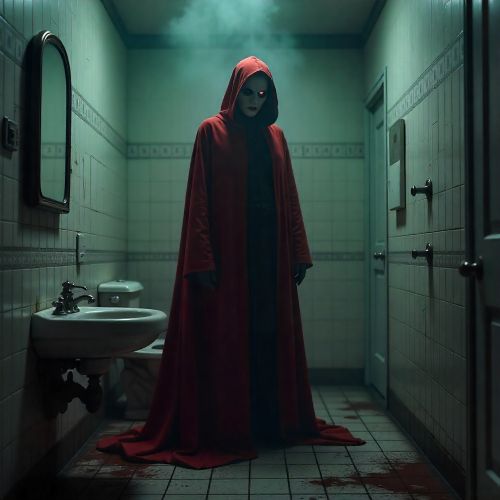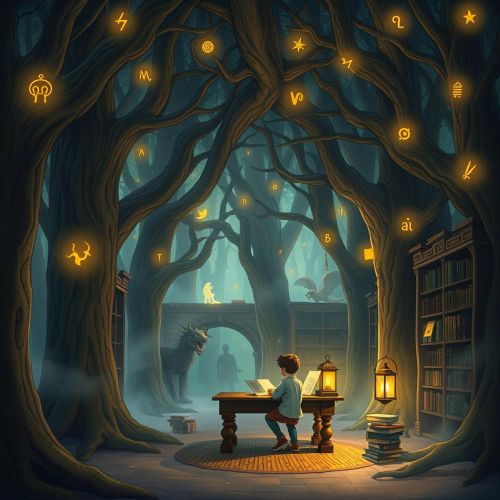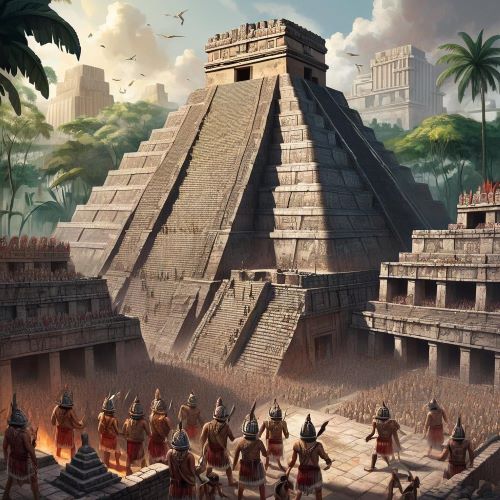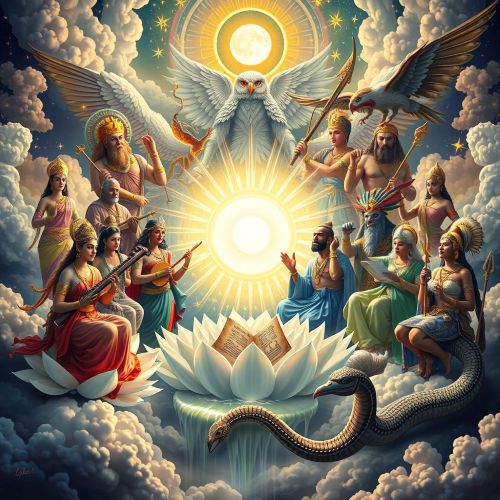How Mythology Shapes Creative Writing Across Cultures
We know mythology as a system of symbols, stories, and beliefs that has long served as the bedrock of human imagination. Myths aren’t only narratives about gods and heroes, but they are also the gates to meanings and identities guiding societies and cultures through existential questions.
Creative writers praise this heritage from ancient storytellers, drawing inspiration from myths to communicate their messages.
Writers still turn to Olympus, Valhalla, or African and East Asian lore, as these are archetypes most readers understand and can relate to. In a spirited review of the best essay writing service of last month, one keen observer mentioned how modern narratives owe their emotional heft to these age‑old structures. This union of past and present fuels creativity, reminding us that myths remain a source for those who dare to dream.
But how exactly does mythology influence contemporary storytelling? Let’s explore myths, archetypes, and corresponding writing strategies content creators use today.
Mythology vs. Creative Writing: How They Interact
Mythology is the collective memory of a people, an anthology of stories explaining the existential mysteries. From the creation of our world to the conspiracy theories governing human behavior, these stories were born around campfires, in temple courtyards, and village squares.
Myths bring multiple meanings: literal events, moral lessons, and symbolic truths speaking to our unconscious.
By contrast, creative writing is about crafting something new: characters, situations, or worlds that may never have existed. However, even the most inventive storyteller can’t avoid mythic and archetypal outlines in their work because those are structures resonating with the human psyche.
When authors weave mythic motives into their narratives, they address patterns that have survived for millennia.
Contemporary storytellers bring these two realms together. First, they decide on a mythic element to build a story: a trickster deity, a world‑tree, an underworld journey; then, they ask, “How can this symbol illuminate the story I want to tell?” Given the modern context, they may want to recast the trickster as an AI gone rogue in a sci‑fi thriller or reimagine the underworld descent as a psychological odyssey through grief.
By drawing on myths, creative writers anchor fresh ideas in timeless motifs, giving readers both novelty and a sense of familiarity.
Why Myths in Creative Writing
The emotional magnetism of a myth explains its power in contemporary storytelling:
In cultures, myths served as an expression but also an instrument to communicate spiritual truths and values. Thus, ancient Greek, Roman, and Egyptian myths disclosed cosmological understandings and ideas about the world. In Africa, Asia, and the Americas, mythology wasn’t only about narration but a means of communication with the divine and honoring ancestors.
When we read a story about a hero facing odds or going through conflicts, something ancient awakens within us. That’s not a coincidence. It’s the result of generations of storytellers who refined narratives to synchronize them with our emotions.
Take the pattern of “fall, trial, redemption” common to many myths:
- A character’s banishment from home mirrors our moments of shame or failure.
- Their journey through hardship gives us hope that everything is possible to overcome.
- A triumphant return assures us of renewal.
When using this formula in their stories, creative writers don’t copy but address the structure all readers instinctively understand.
Myths help create imagery:
A dragon doesn’t merely represent a frightening beast; it stands for greed, ignorance, or the dragon within each of us. When a protagonist slays the dragon, we feel we’ve defeated something in ourselves.
Also, myths are open to multiple interpretations:
One can read a story as an adventure, an allegory about power, or even a commentary on ecology! By incorporating mythic elements in their texts, writers grant their work that same richness.
Some Case Studies From Different Cultures
Greek myth: Rick Riordan’s Percy Jackson series shows us the Greek pantheon in a modern urban setting. Gods walk among us, and teenagers struggle with their destinies. The author reimagines Zeus, Athena, and Hades to provide a relatable context so that a young audience can understand classical mythology.
Norse sagas: Neil Gaiman’s American Gods weaves Norse deities alongside other mythic figures stranded in contemporary America. The clash between old-world faith and modern skepticism becomes a metaphor for cultural identity, with Odin and Loki appearing among roadside motels and neon-lit highways.
African folktales: Nnedi Okorafor’s Akata Witch trilogy draws on Yoruba cosmology, where spirits and deities guide her protagonists. The author embeds local folklore in her magical realism framework to assert the universality of myth while centering African voices often marginalized in global fantasy.
Archetypes and Themes Creative Writers Use in Their Works
Modern storytellers address myths when writing their creative texts today. The most common one is Joseph Campbell’s monomyth, also known as the hero’s journey:
It’s a narrative structure from stories across different cultures, from Homer’s Odyssey to the Monkey King’s travels in Journey to the West. The core elements: departure, initiation, return; creative writers use this template to structure character growth and build emotional stakes.
Another popular archetype is the trickster and the shape-changer.
Think of Loki, Anansi, or Kitsune: They don’t meet expectations, teach us through tricks, and remind us that life is unpredictable. When integrating such characters into stories, creative writers add moral dilemmas to their messages.
Back to Neil Gaiman’s American Gods again:
The author shapes a mosaic of myths into a road‑trip narrative, exploring cultural displacement through divine conflicts. He doesn’t have to be verbose to communicate the depth of his described concept.
One more theme for storytellers to cover is a so-called “creation, flood, and apocalypse” myth:
Nearly every culture has a creation story and a flood or end‑times narrative. These themes allow writers to explore origins, rebirth, and existential dread, offering rich backgrounds for allegory.
Writing Techniques to Incorporate Myths into Texts
First and foremost, it’s building the world with mythic foundations:
A writer maps a mythic cosmology (pantheon hierarchies, sacred sites, legendary events) and places their unique geography and societies on top of that. It’s precisely what Nnedi Okorafor does in her story, spinning Yoruba myths into futuristic landscapes to prove that mythology and science fiction can coexist.
Also, writers communicate their character development via archetypes that most people know, regardless of their culture. A protagonist can repeat Persephone’s journey from naivety to independence, but still follow their own path, reflecting the context of the described story.
Rick Riordan does it with his Percy Jackson series:
He blends modern settings and faithfully reimagined deities to demonstrate it’s possible to balance reverence for source material with accessible prose and relatable characters.
Another technique for creative writers is to integrate symbols (raven feathers, sacred waters, sun motifs, etc.) into stories to create thematic cohesion. Symbols seed readers’ imaginations as the plot unfolds.
Some writers also craft names that hint at mythic roots:
Thus, a city called Niflheim might evoke Norse gloom, while a character named Amateru recalls Japanese sun goddesses. Such allusions enrich the world without drowning readers in exposition.
When addressing mythology in their works, creative writers should consider this:
- Approach myths with humility and distinguish between public-domain stories and those that remain sacred to living communities.
- Avoid appropriation and ensure authenticity and cultural sensitivity.
As we see, mythology is an excellent source for storytellers to polish their writings and engage the audience. By using archetypes, narrative structures, and symbols, creative writers craft stories that resonate across cultures and eras.
Are you a writer willing to shape your stories with myths? Start with reading Joseph Campbell’s The Hero with a Thousand Faces and Edith Hamilton’s Mythology: Timeless Tales of Gods and Heroes. Weave ancient threads into your message, don’t be afraid to experiment with form — and you’ll surely touch your reader’s heart.
No posts were found.



